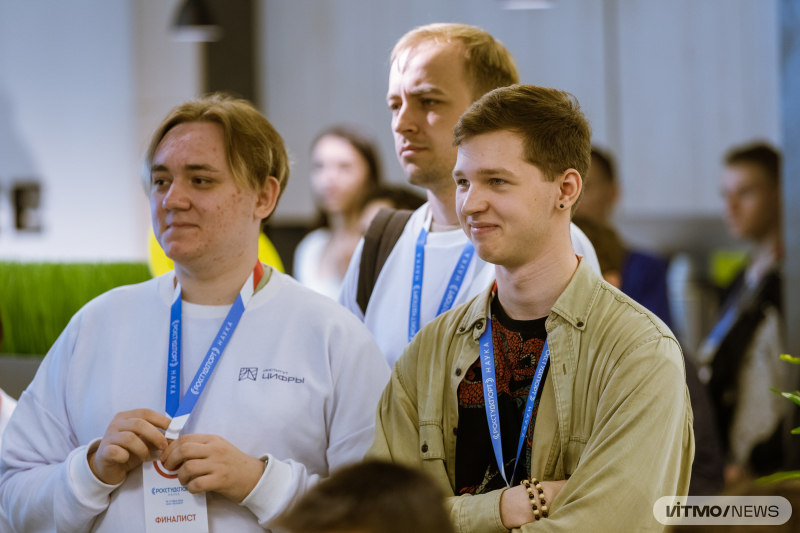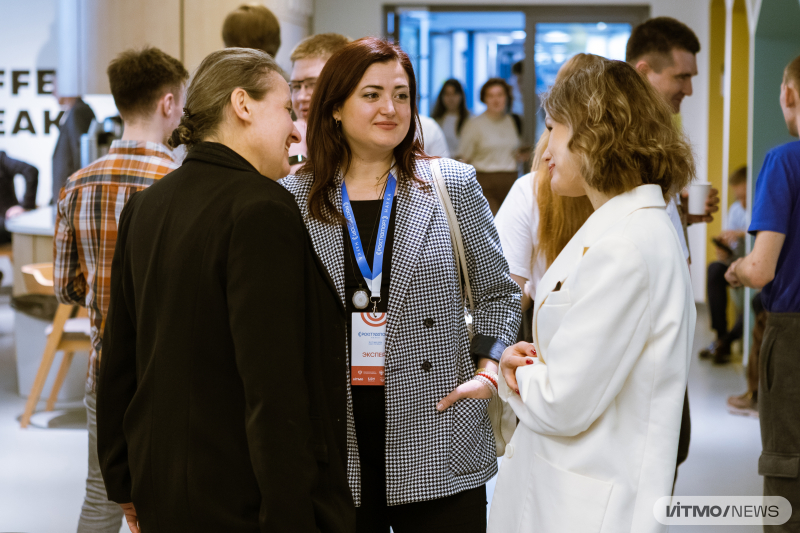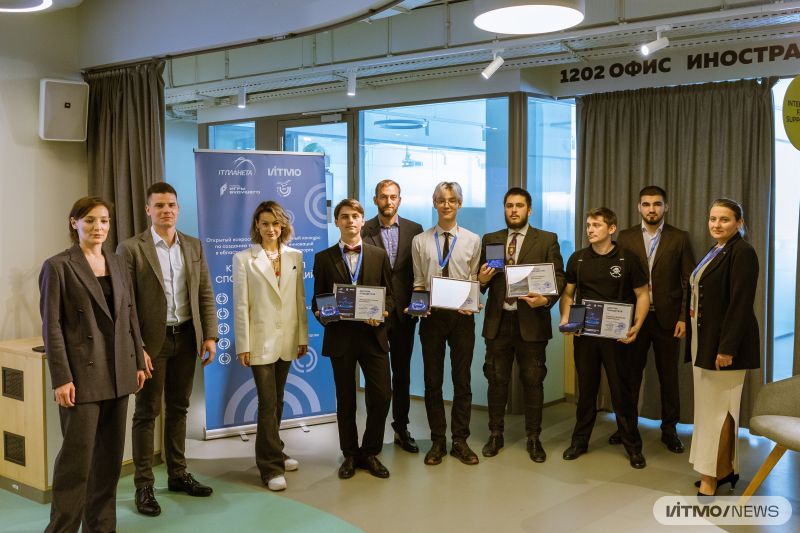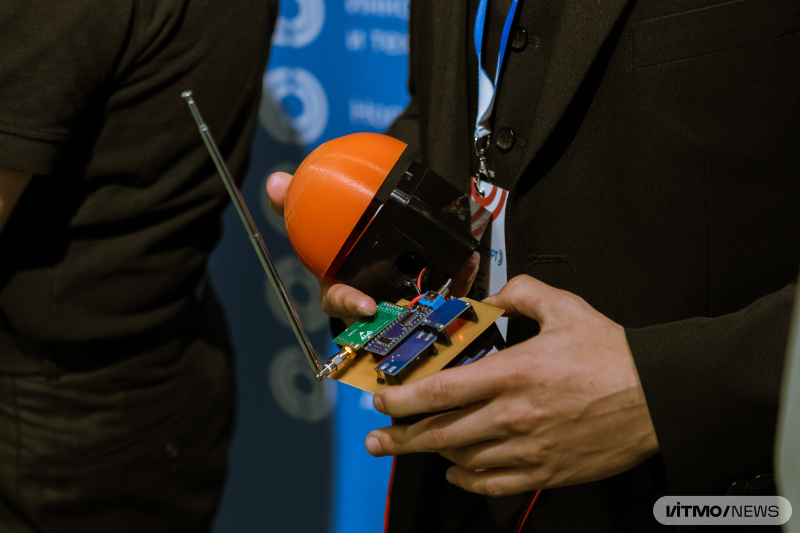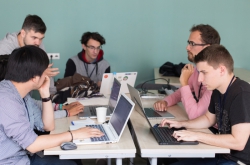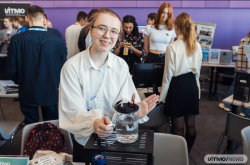Happy feet
Professional athletes often rely on tracking devices: in football, they help monitor the players’ exertion and physical condition, maintain proper exercise routines, analyze weak and strong points, and compare one’s performance to other players. Such devices are usually attached to clothing, but that means they can’t track all of a player’s actions, such as the number and quality of kicking, dribbling, or slide tackling, as well as bruising. This sort of data could be helpful in studying each athlete’s performance and identifying injuries in time.
To solve this problem, the Kazan-based developer Arseny Morozov has created ARS TRACKER, a set of shoe insoles with embedded sensors. During play, the devices monitor various parameters, such as acceleration and speed, idle time, pulse and body temperature, foot contact, and the strength and direction of kicks. All this data is transmitted in real time to a mobile app that converts it into stats. A functional prototype is already being tested by members of the professional football clubs CSKA (Moscow) and Rubin (Kazan). The project was also recognized by the contest’s jury, who placed it on the top spot in the category Wearables and Smart Clothing.
Pulse predictions
The third place in the same category went to a project by Marina Shadus, an ITMO graduate. Under the guidance of Andrey Bilyi, a DSc in medicine and an associate professor at ITMO’s Faculty of Software Engineering and Computer Systems, she is working on software called Sportbiorhythm.
“There are many tools these days that help athletes monitor their health and prevent trauma. But one issue is that each of them has its own software designed around specific issues. As a result, you need to use several apps to get the full picture. I’m working on the prototype of an app that would combine physiological data from different neural interfaces. Right now, it works with ECG data, but I’m planning to gain access to other measurement types and start working with developers of neural interfaces. The software will also be able to predict a user’s performance capacity based on the changes in their pulse. This will help them plan workouts and get the best results,” explains Marina Shadus.
Marina Shadus receives her award at Phygital Sporttech Innovations Cup at ITMO. Photo: Dmitry Grigoryev / ITMO.NEWS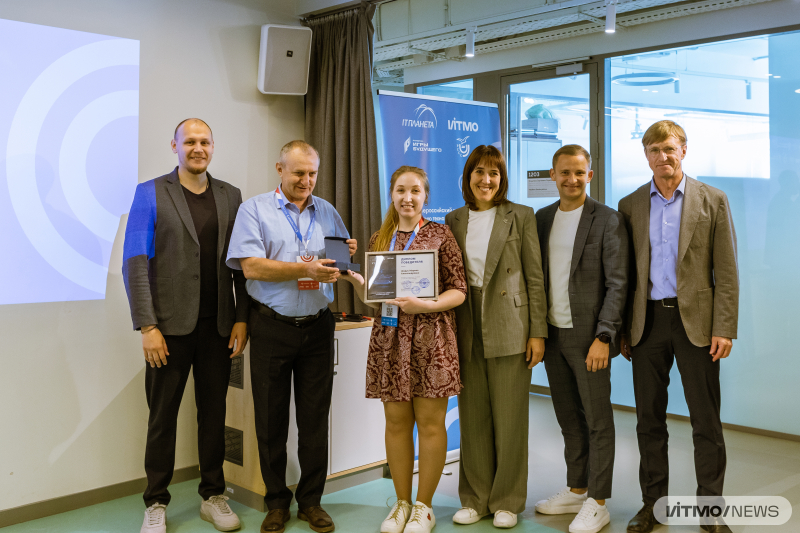
Cyberpunk meets martial arts
If you’ve always dreamed of getting a black belt in karate, but were afraid of injury or didn’t have a dojo in your town, here’s your solution – a team from Nizhny Novgorod have used modern technologies to make martial arts training accessible, safe, and fun. They are the creators of CyberKarate (link in Russian), an educational VR training system. It can be used by adults, children, and autistic persons – both individually and in teams.
Users simply put on a VR headset, attach motion trackers to themselves, and find themselves in a virtual dojo. Then, they pick a digital coach and follow their movements – which are pre-recorded by professional karate masters. The program covers counter-attacks, simple and complex hand and leg attacks, and single movements and sequences; it also allows the user to spar with a virtual partner. After each exercise, the system evaluates the user’s performance. A functional prototype of the system has already been tested by 300 school students aged 7 to 16. The contest jury placed the project in first place in two separate categories: Digital Environments & VR/AR in Sports and Innovations in Phygital and Technological Sports.
The winning creators of CyberKarate. Photo: Dmitry Grigoryev / ITMO.NEWS
Expanding the game
A team from the Kuban region presented a tech project that secured second place in Innovations in Phygital and Technological Sports. The students came up with the idea of using LPWAN (low-power, wide-area network) technology in phygital games, particularly laser tag. The game is reminiscent of paintball, but has the players shoot at each other with laser beams that can be detected by special wearable sensors. The data is transmitted over Wi-Fi, but its radius is fairly limited, while the devices themselves consume a lot of power.
Using LPWAN, the students plan to reduce the energy consumption levels and increase the possible play area of various game formats – laser tag, battle royale, or fox hunt – to at least 10 hectares. A functioning prototype has already been tested by a paintball team and the students of ITMO’s School of Physics and Engineering during an ARDF competition.
The Phygital Sporttech Innovations Cup (link in Russian), an open national youth contest for technological innovations in physical education and sports, was held as part of the 2nd National Scientific-Practical Conference ‘Student Sports: Innovations, Technologies, and Digital Transformation.’ ITMO University was one of the event’s organizers.
More than 750 students, university graduates, and lecturers aged 18-35, representing Russian universities in 67 regions of the country, competed in four categories: Digital Environments & VR/AR in Sports; Innovations in Phygital and Technological Sports; Wearables and Smart Clothing; and AI For Sporttech. The winners and runners-up received medals and diplomas.

